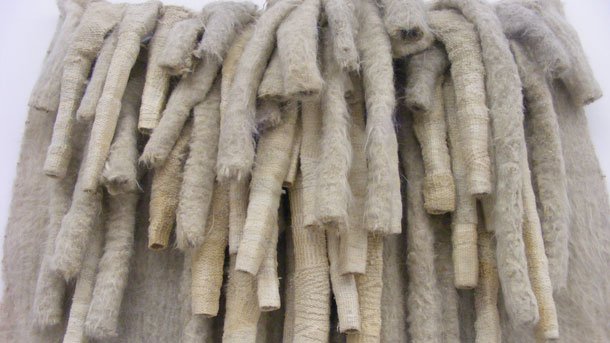
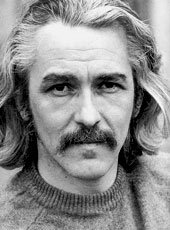
In the last few months the National Academy of Arts in Sofia ran a series of exhibitions dedicated to the 50th anniversary of the textile art department at the national academy and its founder Prof. Marin Varbanov (1932-1989). Soon after entering the academy, Mr Varbanov took part in a student exchange programme in China. There he married a Chinese fellow- student and after graduating, came back to Bulgaria together with her. He taught textiles in Bulgaria, France, Australia and China. At the Sofia-based academy of arts he was among the students' favourite lecturers. “An easy-going, subtle and delicate person”, says Mihaela Padeva, a secretary of the textiles section with the Union of Bulgarian Artists.
“The most valuable lessons were hidden in his personality which gave you the impression that you could do great and you should not feel as a student or a beginner. From the very start he could create a very friendly atmosphere without needless familiarity. His studio was always full of friends, colleagues and students from other departments whom we spoke to while working without making them feel uneasy. Mr Varbanov himself was a friend to all. We used to have endless talks long after the classes were over or during the weekend. He traveled a lot and on coming back he would tell us about Paris, its galleries, exhibitions and artists- all the things we could not hear about from anywhere else at the time. We could not even imagine there were such a world and reality. The most useful thing we learnt from him was the freedom to experiment and not fret over failures. He would even hold our hands while we were working to show us we could do a great job. Another valuable experience for us was that he would let us work in a textile print studio as early as our firs steps into the art, without imposing any strict rules on anybody. He taught us a lot of techniques. He would bring to us industrial engineers from textile factories. He had arranged for the academy to purchase textile machines so that we got useful to the industry, while at the same time being artists. Unfortunately, this is no longer the case; nowadays there is a gap between industrial designers and artists”, Mihaela Padeva told a Radio Bulgaria reporter.
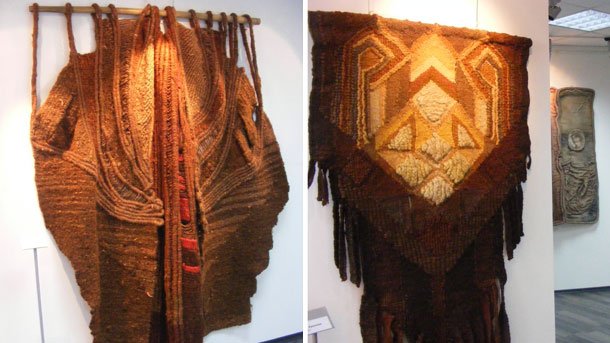
Marin Varbanov was among the renowned innovators in art textiles. In the 70s he launched experiments that nobody in Bulgaria was doing at the time. He would cast, for example, sisal patterns kneaded with resin or would make bulky textile woks. He combined old traditions with a new vision for textile application. By no accident, many of his works “sound” cosmopolitan and monumental. While working in Paris, he would come back to Bulgaria. One of his visits to the country coincided with a show in which Bulgarian artists could present their less-known and more frivolous works without being appraised a jury panel.
“Marin excelled from the others with one work only”, art expert Krassimir Iliev recalls. “The work was a steel rail glossed in white and wrapped in a strong, but delicate silk cord. This piece of art revealed such a difference in what local artists were trying to do regarding contemporary art, outside the clichés of the socialist regime, and Marin, who was a cosmopolitan being. You know, he studies in China and then comes back to Bulgaria carrying with him part of the Chinese culture. In Bulgaria he turns to the country´s old textile arts from the Rhodope region, such as the fleecy rug and the goat´s hair fabric, thus creating works inspired by the Bulgarian traditions. Then he goes to Paris to work on something completely different. Later, he returns to China again only to set up a school in Hangzhou. There he teaches for a couple of years, enjoying high recognition and gratitude, the reason being he has come upon some deeply-yearning–for-art people, who live in a sort of isolation from some of the world´s artistic innovations. He teaches them everything he knows as an artist; all kinds of techniques. In Hangzhou there is a work of his that people regard as a sort of holy grail. The work presents various weaving and thread-knotting techniques. Marin teaches the Chinese not to follow European and American textile trends, but rather return to the Chinese fine art traditions such art printing and calligraphy, and from them to draw inspiration. It is no accident that it was China who made a breakthrough at the Lausanne Biennale of Textile Art, Switzerland, namely by presenting modern art bound to China´s antiquity”, Krassimir Iliev said for Radio Bulgaria.
Three of Marin Varbanov´s students were qualified for the Lausanne Biennale- the most prestigious world forum of textile art. Even today his Chinese students are very grateful to Mr Varbanov for what he has taught them. His studio in Hangzhou is now Varbanov Institute for Contemporary Textile Art. In 2009 the institute organized a remarkable exhibition entitled “Marin Varbanov and the Chinese Avant-Garde Art in the 80s”.
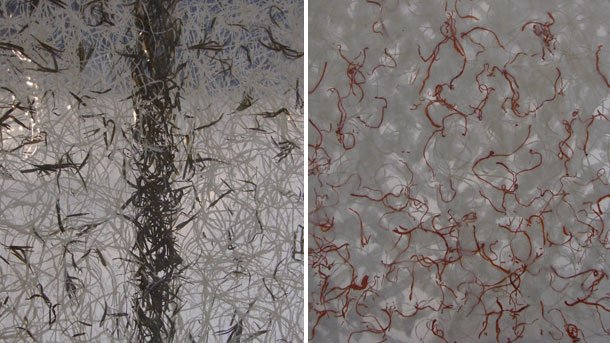
“The Chinese people are also artists with great individualities, but I was stunned by the attention they paid to Marin´s large-scale works, every one of his paintings, as well as short texts and projects he worked on”, Krassimir Iliev said further. Some of his works on A4 paper, for example, were made into three huge 12-meter long strips depicting his projects for the Varbanov Institute, and hanging from the ceiling, Mr Ileiv said in conclusion.
Marin Varbanov dreamt of making a huge textile installation over the lake in Hangzhou, but he could not carry out the project, dying prematurely.
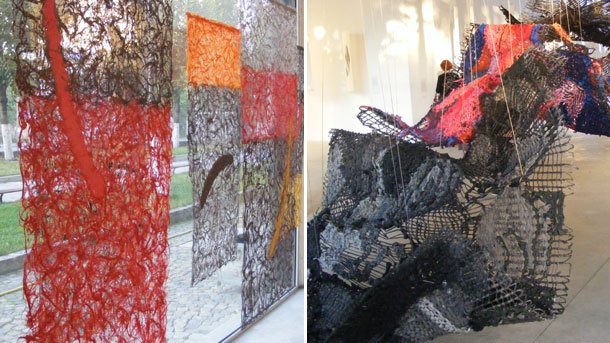
English version: Vyara Popova
Photos provided by Mihaela Padeva and Veneta Pavlova
The prices of Easter goods are rising The Easter meal in the Balkan countries will be more expensive this year, BTA reports. Lamb in Serbia costs about 1,400 dinars (EUR 11.5) per kilogram in supermarkets. On Good Friday, fish..
Residents and visitors to Sofia will have the opportunity to learn more about Bulgarian scientists working in Antarctica and their important role in the exploration of the continent. The exhibition "Antarctic People - Caring for the Earth" by BNR..
Looking and feeling your best doesn’t have to come at a high price — especially in Bulgaria. The country has become a rising star in beauty tourism, offering top-tier salon services at prices that won’t break the bank. Whether you’re a local or a..
Looking and feeling your best doesn’t have to come at a high price — especially in Bulgaria. The country has become a rising star in beauty tourism,..
Residents and visitors to Sofia will have the opportunity to learn more about Bulgarian scientists working in Antarctica and their important role in the..
The prices of Easter goods are rising The Easter meal in the Balkan countries will be more expensive this year, BTA reports...

+359 2 9336 661
